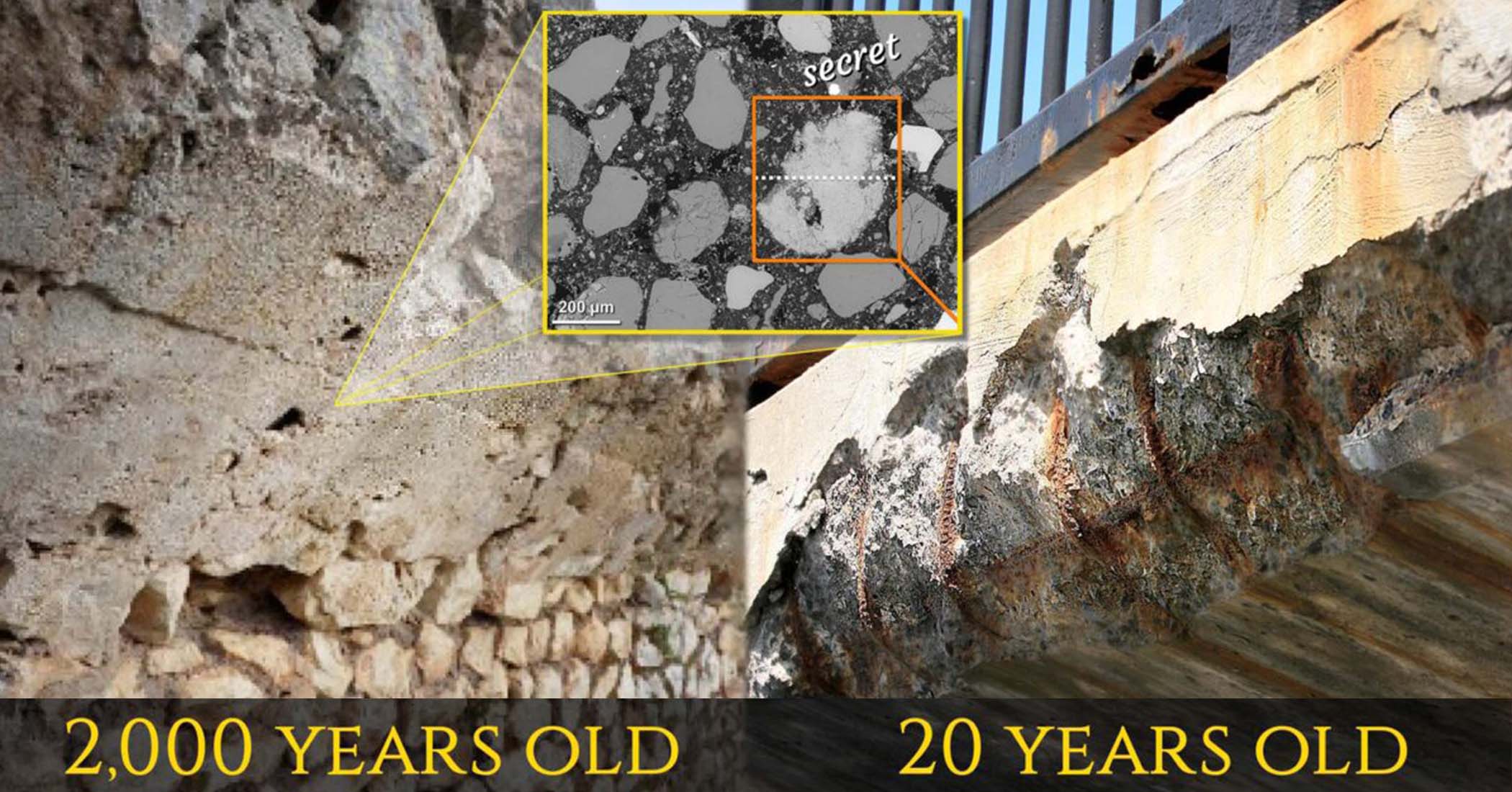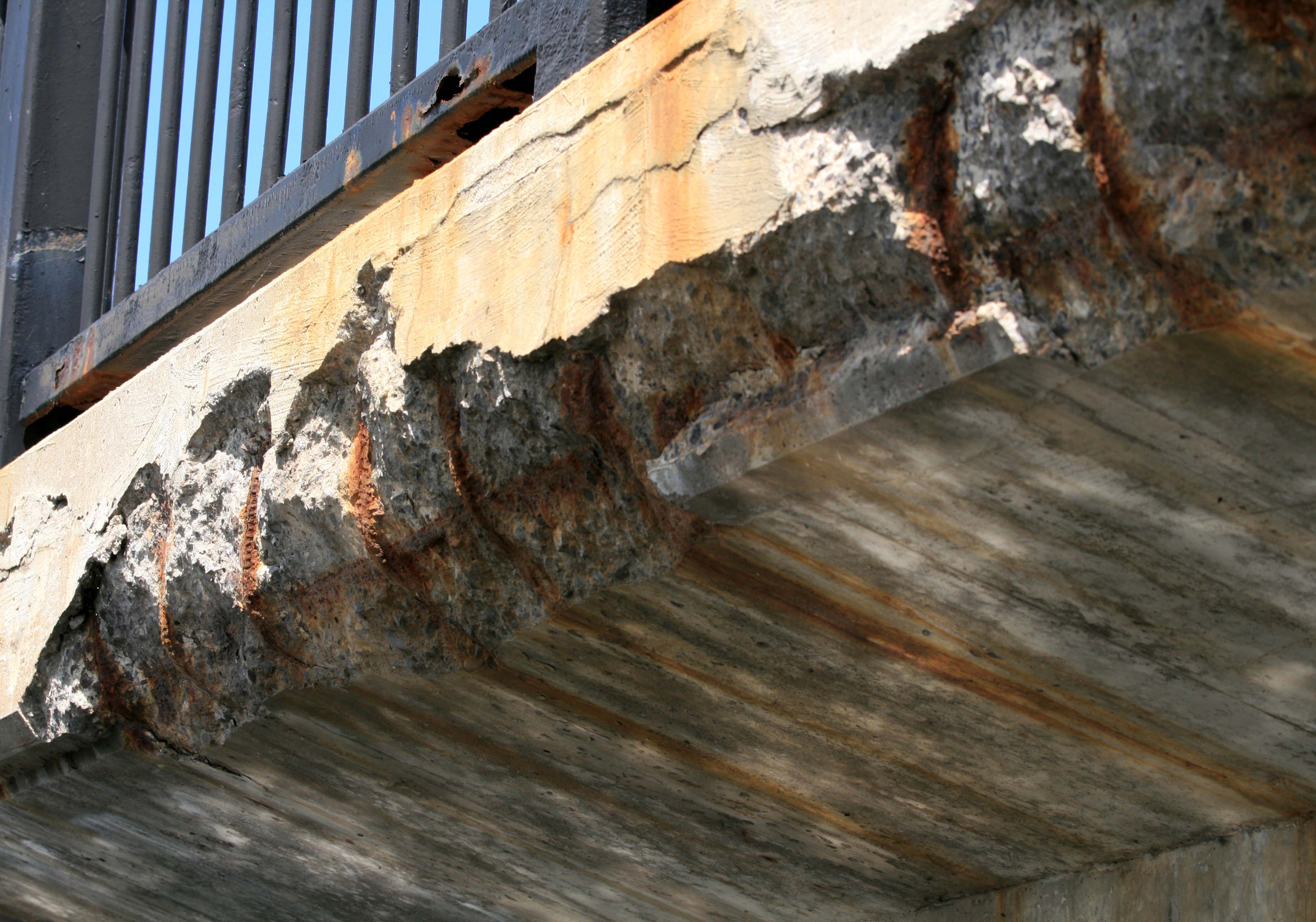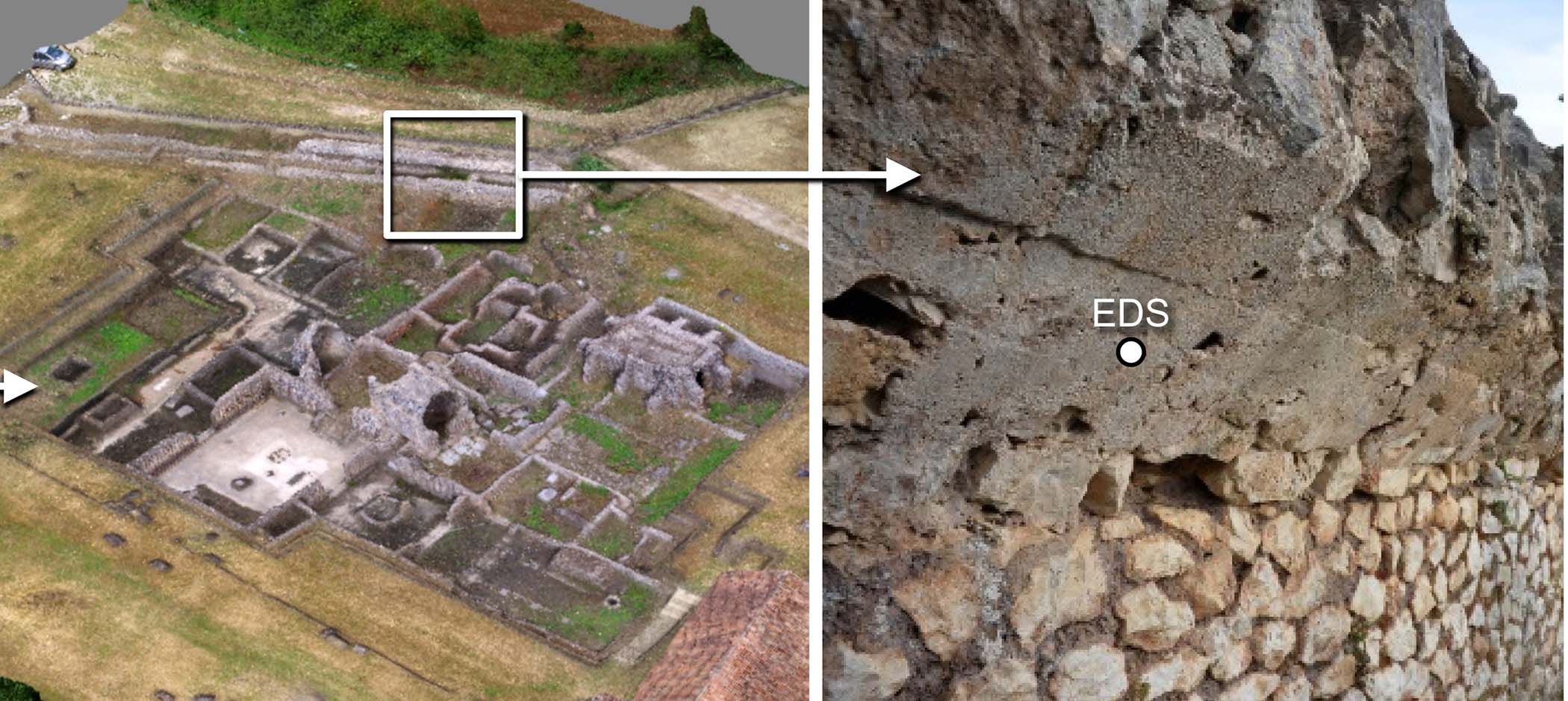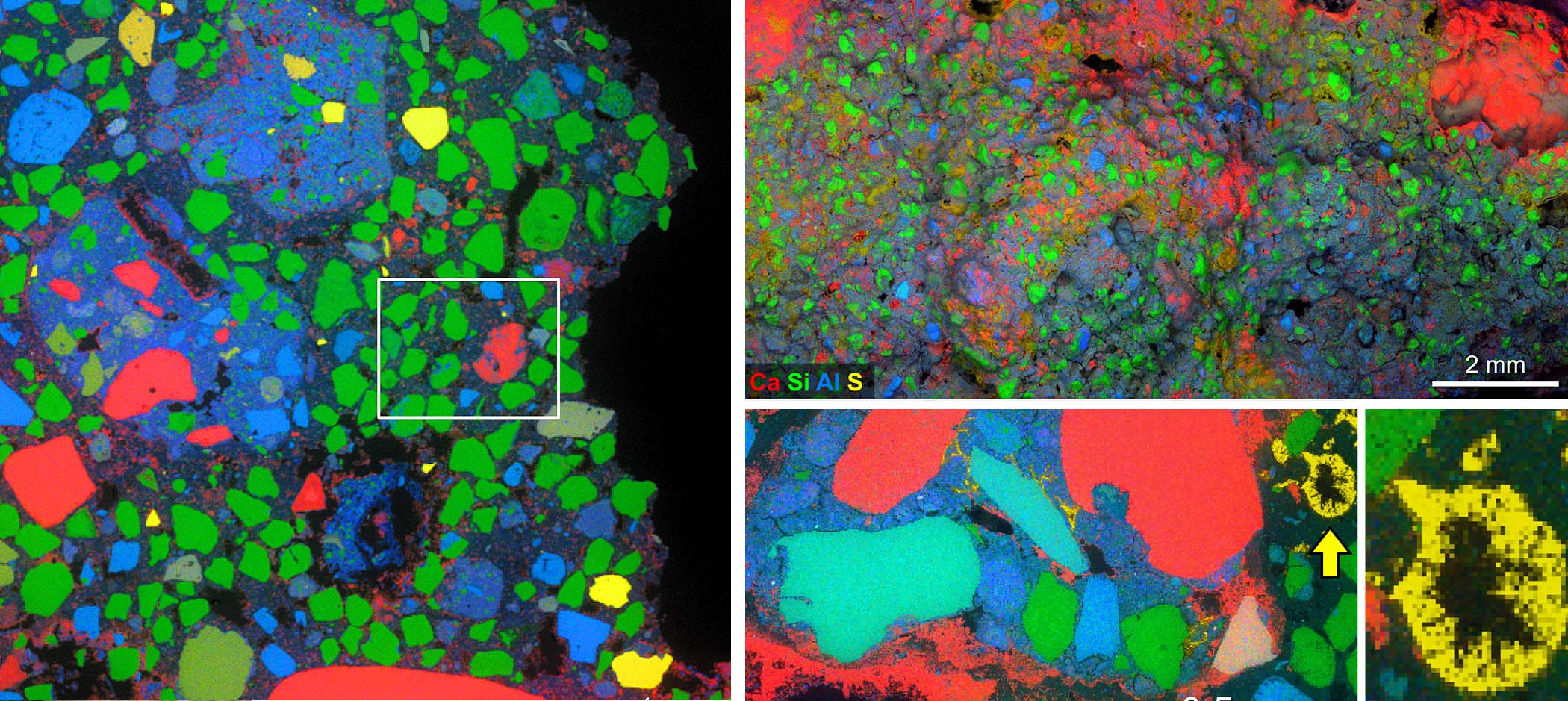

Can 'self-healing' Roman concrete save our crumbling cities? Scientists unlock ancient secret recipe

Our cities are falling apart. Once-lovely concrete bridges now show rusted rebar. Sidewalks buckle and crack underfoot—even though they’re not that old. In just a short few decades, our concrete cities are already crumbling.
Ancient Roman concrete, meanwhile, continues to endure after thousands of years of weather, waves, and wear. Structures like the Pantheon in Rome are still going strong; despite centuries of crashing waves, maritime Roman concrete piers grow more robust with each passing day. What genius lies behind Roman concrete!
What could be the secret behind this ancient aggregate?
In short, we don’t know. Their recipes have been lost. All we have is the concretes themselves, and a few lines that have survived from antiquity. These include the words of Roman encyclopedist Pliny, who described how their underwater structures become “a single stone mass, impregnable to the waves and every day stronger.”
Their recipes have been lost to time, yet modern scientists have recently made strides in the effort to reverse engineer those ancient concrete formulations.
First, in 2017, University of Utah geologist Marie Jackson revealed that the mixing of seawater with volcanic ash and lime, and other compounds, produces a result strikingly similar to what Pliny described. Seawater that filters into the concrete causes the growth of interlocking minerals that constantly and continually strengthen its cohesiveness. Seawater. Who would have thought?
More recently, in 2023, scientists made another breakthrough in the quest to reverse engineer Roman concrete.
A team led by Linda Seymour, a civil engineering researcher at MIT, discovered that the conspicuous bright-white “lumps” of lime in Roman concrete weren’t just a result of “insufficient mixing of the mortar” on the part of the Romans. Unlike lumps of unmixed flour in beef stew, these lime lumps play a useful role, imbuing Roman concrete with its long-term durability and ingenious self-healing properties.
They collected mortar samples from the ruinous 2,000-year-old walls of Privernum, near Rome, and conducted elemental analysis on them using a range of spectroscopy and electron microscopy.
Based on their findings, the researchers proposed that as water permeates the concrete, the lime pockets, called clasts or remnant lime, which persist in aggregate scale throughout, cause the concrete to become reactive again. This results in an inherent, long-term, crack-filling mechanism built right into the concrete.
It was determined that, in addition to adding seawater, the Romans either did not use the “slaked lime” (lime premixed with water) compound of modern times, or else they used it in addition to the method of “hot mixing” coarse quicklime, rather than powder or paste, for their concrete formulation. The latter addition was the epiphany, and the reason for the self-healing lime lumps’ existence.
Inspired by these findings, they developed new, Roman-inspired formulations and tested them. After cylindrical samples were made, after they had set, they were fractured lengthwise and subjected to a constant water flow circuit for 30 days. By the end, the fractures were found to have re-mated themselves—that is, self-healed.
Speaking of the sweeping benefits this could have for our city infrastructure today, in their study, published in Science Advances, they wrote: “Whether the damage occurs within years of construction or centuries thereafter, so long as the lime clasts remain, these self-healing functionalities can persist.”
They added that the results show “far-reaching implications for extended concrete design life, [and] long-term durability.”
Just imagine: concrete bridges that last centuries or even millennia. Sidewalks that endure for a lifetime or longer. Foundations impervious to cracking. Roman technology could absolutely be a game changer in civil planning. Who would have thought?
Spurred on by these enticing possibilities, they noted that future studies could explore how this “self-healing mechanism can be implemented in modern infrastructure, both for reinforced concrete and for unreinforced applications.” That might even include 3D concrete printing, merging cutting-edge technology with wisdom from the ancient past.
Share your stories with us at emg.inspired@epochtimes.com, and continue to get your daily dose of inspiration by signing up for the Inspired newsletter at TheEpochTimes.com/newsletter





